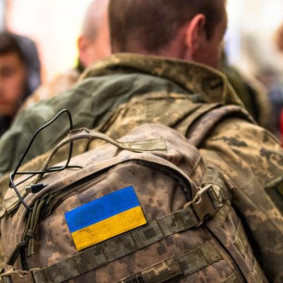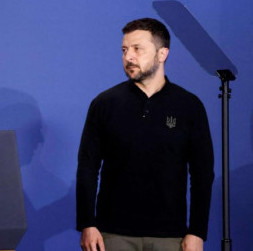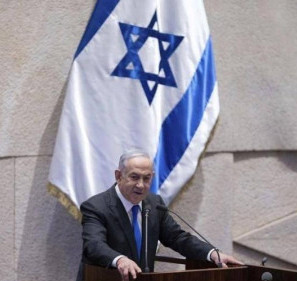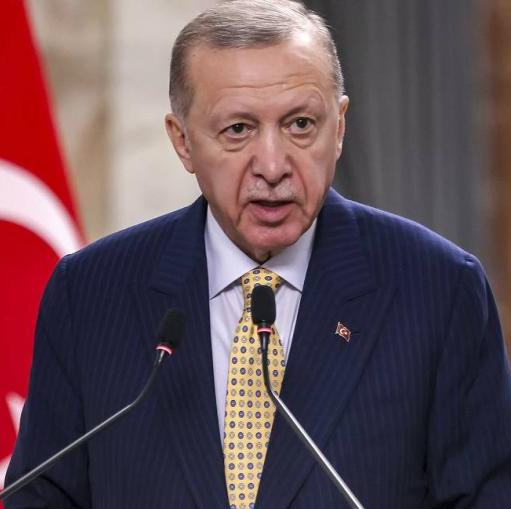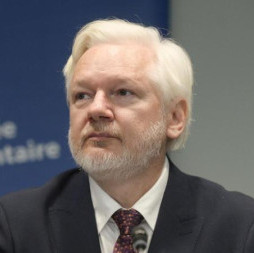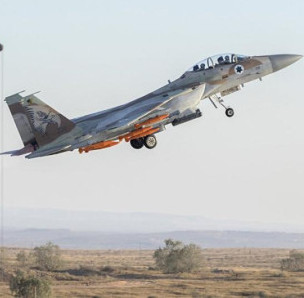"We sincerely regret Latvia's having taken part in the horrors of the Holocaust", said the head of the Latvian state.
V. Vike-Freiberga disclosed that the Latvian government is presently paying special attention to children in Latvia growing up in full knowledge of what had been happening during the years of the Soviet and Nazi occupation, including collaborationism. She noted in passing that an international conference on the study of the Holocaust is due to take place in Latvia next summer.
History Note:
The first 26 police battalions manned by Lettish nationalists were formed in Nazi-occupied Riga as early as September-October of 1941. They were designed "for internal use". However, after the defeat of the German troops in the Battle of Moscow the battalions were rushed through additional training for deployment in combat zone. Already in April of 1942 Lettish battalions appeared on the Eastern front.
On February 10, 1943, Hitler signed an order on the creation of a "Lettish Volunteer Legion". On March 24, SS chief Himmler specified the order uniting under the SS auspices all Letts serving in Lettish military units, including police battalions. By the end of the winter of 1944 the Germans finished forming in Latvia the 15th and the 19th volunteer SS divisions as part of the Lettish Volunteer Legion. 150,000 Letts passed through the Waffen SS, each one of them having sworn allegiance to Hitler.
From November 1943 to February 1944 the 15the SS Division was engaged in defensive operations against Soviet troops in the direction of Nevel of the Pskov region, near the town of Ostrov. Military reports spoke of Lettish legionaries putting up stiff resistance to the Red Army. After replenishment, in August of 1944 the 15th Division was moved to Eastern Prussia. There most of the legionaries were taken prisoner. But those who escaped that fate continued to stubbornly offer resistance to the advancing Red Army. On April 27 and at the beginning of May 1945 the remnants of the 15th SS Division surrendered to the US and the Red Army.
The wartime history of the 19th SS Division began in November of 1943. Its hard core was the 2nd Lettish SS Volunteer Brigade that fought against Red Army units from November 1943 to March 1944 at various front sectors of the German Army Group "North". In mid-March of 1944 the brigade was renamed the 19th Lettish SS Division. In the course of the German retreat it was moved to Kurlandia and in 1945 shared the fate of the Kurlandian Group of German troops: on May 8, 1945, it ceased to exist as a combat unit. In total, 1,477 Lettish SS-men were taken prisoner (16 officers, 170 NCOs and 1,281 soldiers).
Apart from front line engagements, Lettish detachments were used, under German officers' command, in punitive operations both on Latvian territory and elsewhere. In 1941-1945 Lettish legionaries took part in the running of 46 prisons, 23 concentration camps and 18 Jewish ghettos, where 313,798 civilians and 330,032 Soviet POWs were put to death. Lettish legionaries acted with special ferocity during the "Winter Magic" operation in 1943. In Osveja region alone 183 villages were burned down, 11,383 people shot dead and burned, of them 2,118 being children aged under 12. 14,175 civilians were forcibly moved, adults to work in Germany, and children to the Salaspils concentration camp.
Lettish punitive detachments operated not only on Latvian territory. They were also active in the Novgorod and Leningrad regions and in Byelorussia. In the summer of 1942 German security police handed over the guardship of the town of Slonim in Byelorussia to the 18th Lettish police battalion. Right on the same day its commander Rubenis issued an order to exterminate the Jewish ghetto (2,000 people). Legionaries of the 2nd Lettish SS Brigade burned down the villages of Fedorovka and Osino of the Chudsk District, and carried out executions at the POW camp in Krasnoye Selo near Leningrad.
In the course of punitive expeditions in the Novgorod and Leningrad regions the hangmen of the 19th Lettish Division shot dead 560 people near Pskov, and 250 people in a village west of Novgorod. At the village of Glukhaya of the Leningrad Region a punitive unit drove 200 villagers in a barn and machine-gunned them. 500 civilians were killed in the same manner in the Byelorussian town of Porokhovo. In total, from December 18, 1943, to April 2, 1944 the division razed to the ground 23 villages and shot dead nearly 2,000 people. Elsewhere, Lettish detachments shot dead 56,065 people in the course of the operation to exterminate the Warsaw ghetto. And this is a far cry from the end of the list of heinous crimes perpetrated by Lettish SS-men.
The first place by the number of atrocities committed by Lettish police detachments belongs to cutthroats from the "Arajs unit". In the Salaspils concentration camp they exterminated over 100,000 prisoners. Notorious for their cruelty were also the 7 Lettish battalions that took part in the punitive expedition in Byelorussia in 1943. All in all, several hundred villages were destroyed accompanied by mass executions, looting, rape and abuse of civilian population. In Matsievich area alone 1,247 civilians were killed.
In spite of it all, according to law amendments approved by Latvia's Seim (parliament), former SS-men and "forest brothers" who fought on the side of Nazi Germany have been granted considerable increments to their pensions. Presenting a new edition of "Latvia's New History", president Vaira Vike-Freiberga called Lettish Nazis "heroes" and the concentration camp Salaspils where tens of thousands of people had been exterminated, including seven thousand children and adolescents, "a formative-labor camp".
At present former Nazis feel like bosses in Latvia, and their rehabilitation is going on, while those who come out against the aged fascists are being brought to trial for breaches of public law and order. It should sound the alarm for the public of the European Union and give yet another reason to think over what has been happening in Latvia – a country that has been elected a member of the EU and claims to be a super-democratic state.
